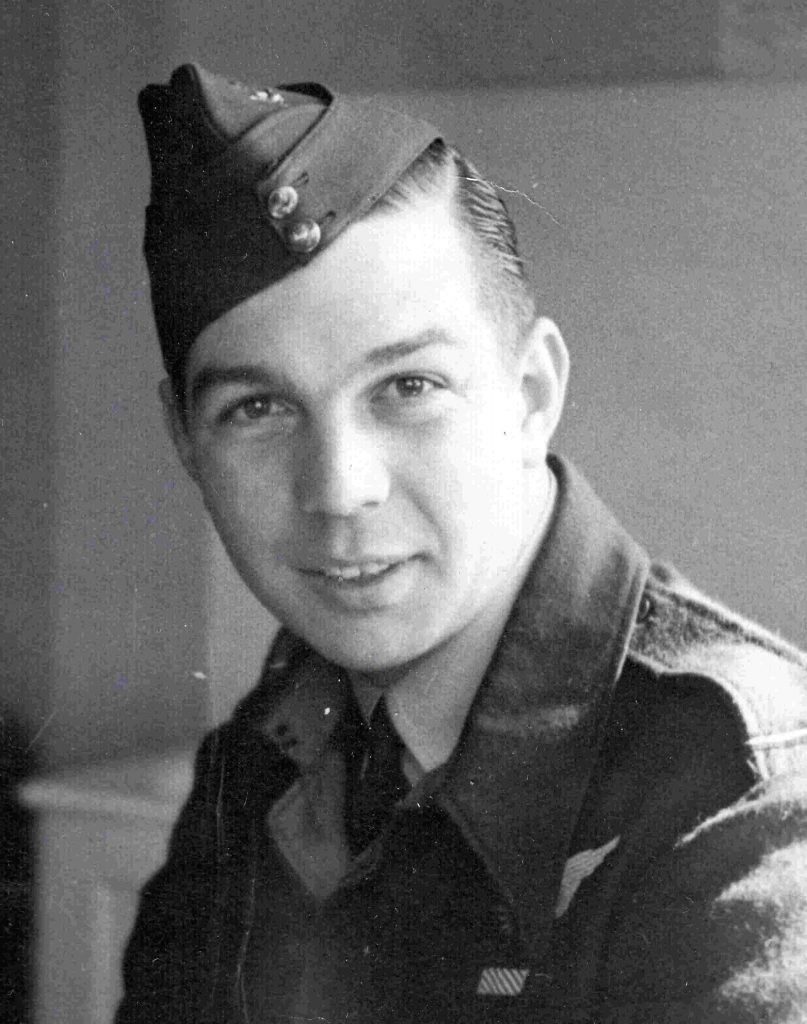Jack Barrington’s wartime exploits published under licence. When is a release not a release?


Second World War veteran Jack Barrington approached Arts Law in August 2010. Jack was an air gunner flying Lancaster bombers from England with 460 Squadron RAAF. The Sydney Region Aircrew Group wanted to publish a book called ‘The Spirit of Aircrew’ that would feature stories of aircrew who participated in the War. They are a voluntary organization determined to ensure that the contributions made by their members are not forgotten.
At 90 years of age, Jack’s recollection of his wartime exploits is still vivid. He recounted the story of his Squadron’s operation over Denmark and Sweden on the 29th of August, 1944, one of thirty he flew during the war. His insightful, stirring description was selected for inclusion and he was asked to sign a document called a “copyright release”. The covering letter stated that the intention was that he would retain all his rights of copyright in his story.
Jack approached us seeking advice on that “release” document. Jack authorized his son David to obtain advice on his behalf. We explained to David that despite the covering letter, the document did in fact probably have the result that Jack gave up all his rights! Arts Law advised that the preferable approach was for Jack to grant the publishers a “licence” of his story. We thought this was probably also what the publishers had been trying to achieve with the “release” document anyway. David made some amendments to the document after discussions with us. The amended document was accepted by Sydney Region Aircrew Group. “The Spirit of Aircrew” was published in late 2010 containing the stories of over 60 WWII Australian air force veterans including Jack Barrington DFM.
Writers (and other artists) should read any documents they are asked to sign carefully. Don’t rely just on what the covering letter says – it may not correctly describe the legal effect of the document you sign. Don’t rely on the title – a document called a “release” may actually be an “assignment”. If you’re not sure about the meaning, contact Arts Law for an explanation.
Extract from “Stettin” by Jack Barrington DFM:
“At this point I lost sight of the attacking aircraft, but as the pilot came out of this part of the evasive action, he came into view again. There he was, twin engine, twin tail fins – an ME 110 – almost straight behind us and at close range – about 75 yards.
I opened fire, which hit his starboard motor, causing some large lumps of engine cowling to peel away and some flames to appear. I think I got as big a shock as the poor German…Over the years I have hoped that the crew may have got out of their burning aircraft, but from my last sighting I very much doubt it.”




